19 March 2025
Surfing is more than just riding waves. It’s a blend of art, science, and a whole lot of intuition. You might have the best board, a killer wetsuit, and the fitness level of a pro athlete, but if you can't read the ocean? You're missing a crucial piece of the puzzle. If you're serious about surfing, whether you're a newbie or a seasoned wave rider, learning to read the ocean is one of the most valuable skills you can develop.
In this article, we're going to dive deep (pun intended) into why understanding the ocean is essential for surfers. We’ll cover everything from how it improves your performance to why it keeps you safe out there. So, let’s grab our virtual boards and paddle into this!
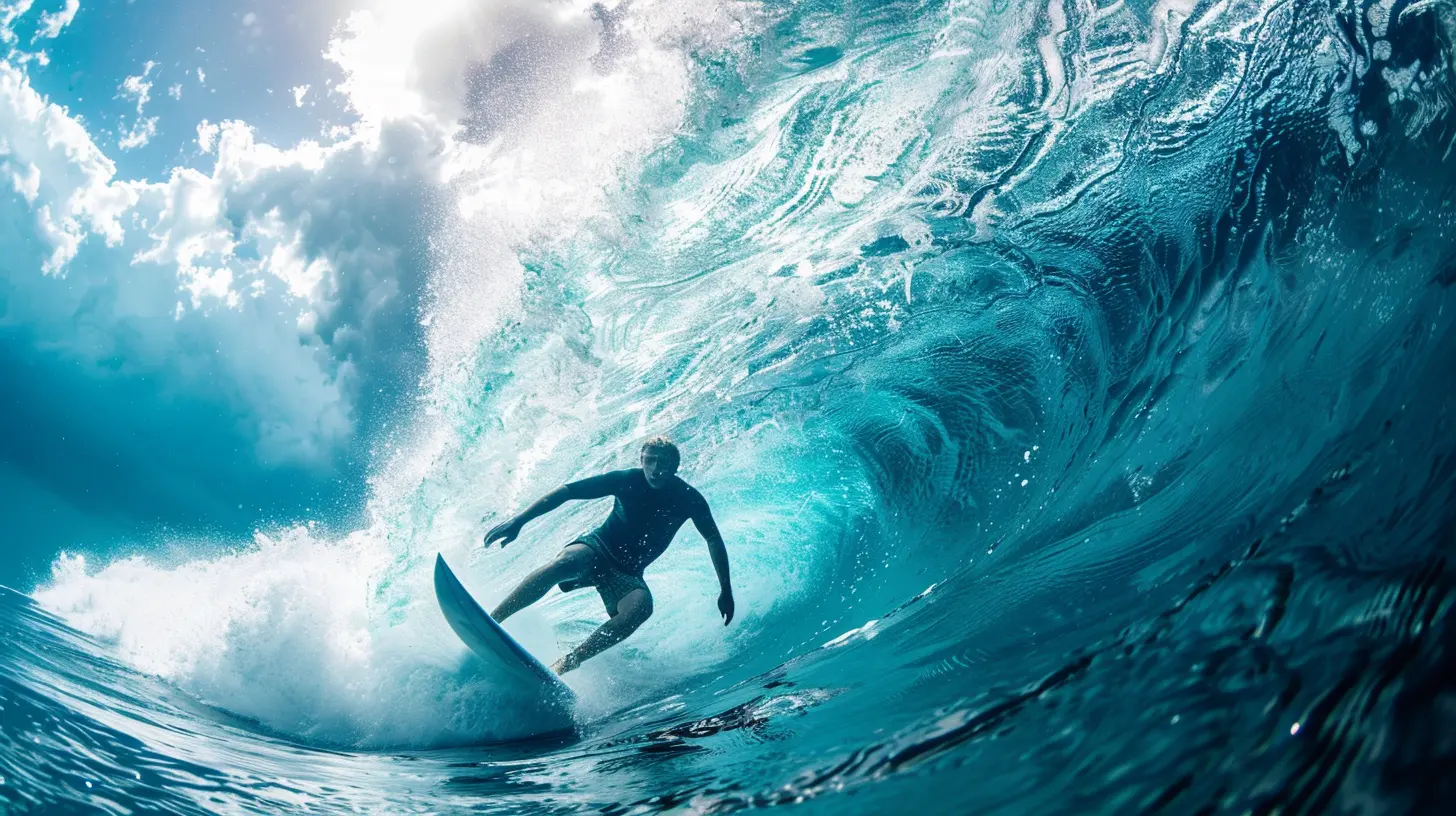
1. Understanding Ocean Behavior: The Foundation of Surfing
When you’re out there in the lineup, waiting for the next set, the ocean is constantly moving and shifting. It’s not a static environment. Waves, currents, tides—they’re all part of a complex system that’s alive and ever-changing. If you can read these elements, you can predict what the ocean is going to do next.Think of it like driving a car. You wouldn’t jump in without knowing the rules of the road, right? Reading the ocean is like learning those rules. You start to recognize the signs—the way the wind is blowing, how the tide is moving, and the angle of the swell. With time, this becomes second nature, allowing you to anticipate waves before they even appear on the horizon.
1.1 Waves: The Heartbeat of the Ocean
Waves are what we’re all here for, right? But not all waves are created equal. There are different types of waves—groundswells, windswell, etc.—and they behave differently depending on the ocean conditions. By learning to read the ocean, you can differentiate between a wave that’s going to fizzle out and one that’s going to give you the ride of your life.For example, groundswells are usually generated by distant storms and tend to be more powerful and clean, making them perfect for riding. Windswell, on the other hand, is created by local winds and can be choppier and less predictable. Knowing the difference can help you choose when to paddle out and when to wait for better conditions.
1.2 Tides: The Ocean's Pulse
Tides are another key factor that surfers must take into account. The tide can drastically change the shape and size of waves. Sometimes, a spot that’s flat at low tide can become an epic surf spot at high tide, and vice versa. By understanding how tides work, you can time your sessions for when the waves are at their best.Low tide usually exposes more of the ocean floor, creating shallower conditions. This can cause waves to break faster and harder. On the other hand, high tide generally brings in more water, making waves break slower and softer. Each break reacts differently to tides, so knowing your local surf spot and how it behaves can make all the difference.
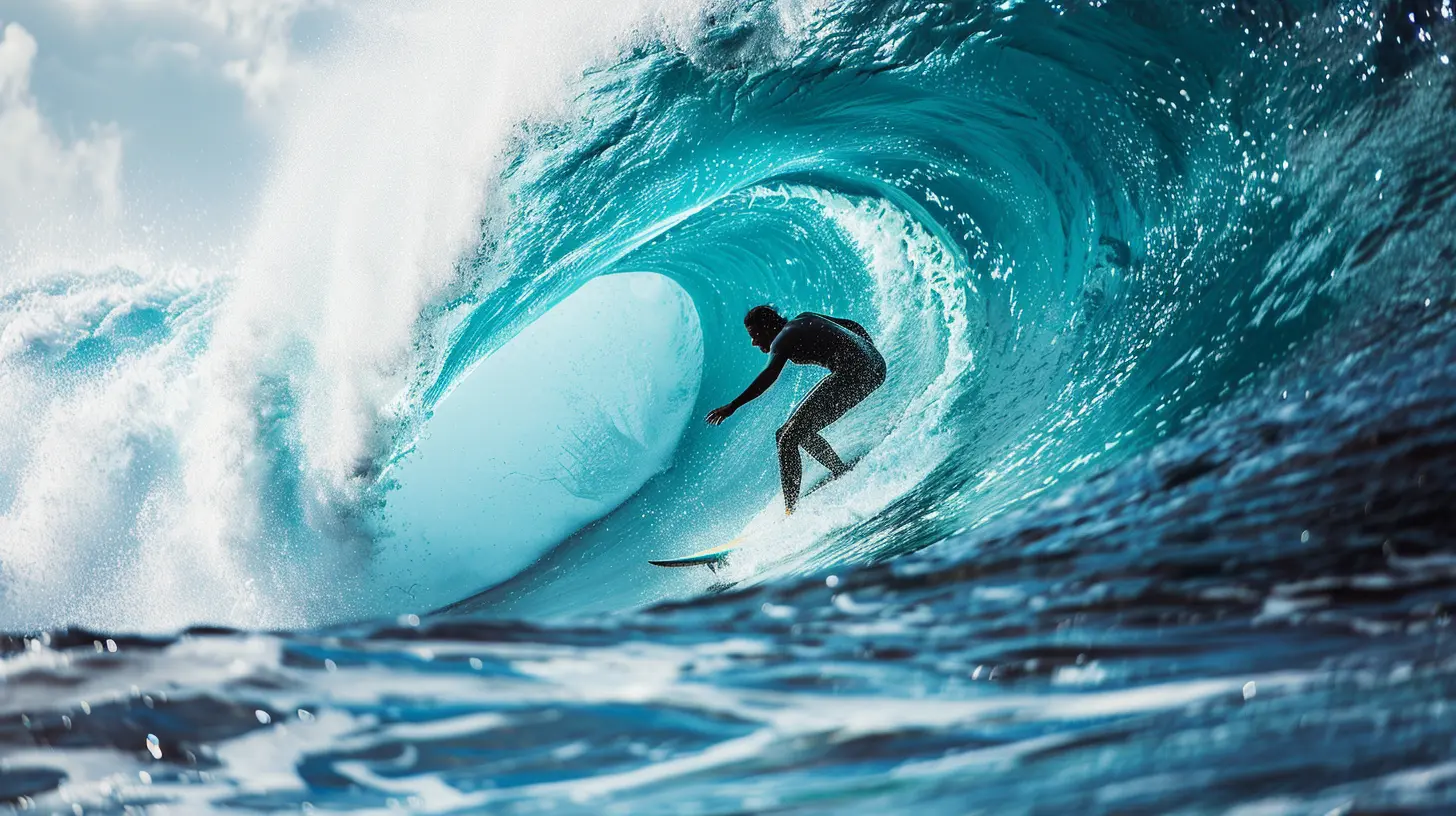
2. Safety: The Ocean Is Powerful, Respect It
Let’s be real for a second—the ocean is a beast. It’s majestic, sure, but it also has its dangers. Rips, undertows, and sudden changes in weather can turn a fun surf session into a dangerous situation fast. Learning to read the ocean helps you recognize these hazards before they catch you off guard.2.1 Rip Currents: The Ocean's Invisible Conveyor Belts
Rip currents are one of the biggest hazards surfers face. These invisible streams of water can pull you out to sea faster than you can paddle against them. But here’s the good news: rip currents are predictable if you know what to look for.Usually, rip currents appear in areas where the water looks darker and smoother, or where waves aren’t breaking as consistently. By spotting these before you paddle out, you can avoid getting caught in one. If you do find yourself in a rip, staying calm and swimming parallel to the shore (instead of against the current) is the best way to escape.
2.2 Weather and Swell Conditions
Weather plays a huge role in how the ocean behaves. A sunny, calm day doesn’t always mean perfect surf, just like a cloudy, windy day doesn’t always mean the waves are junk. Learning how different weather patterns affect the swell and wind will give you an edge.For instance, offshore winds (blowing from land to sea) tend to make waves cleaner and more rideable, while onshore winds (blowing from sea to land) can make waves messy and harder to ride. Checking the weather and swell reports before heading out is crucial, but nothing beats being able to look at the sky and ocean and instantly know what’s happening.
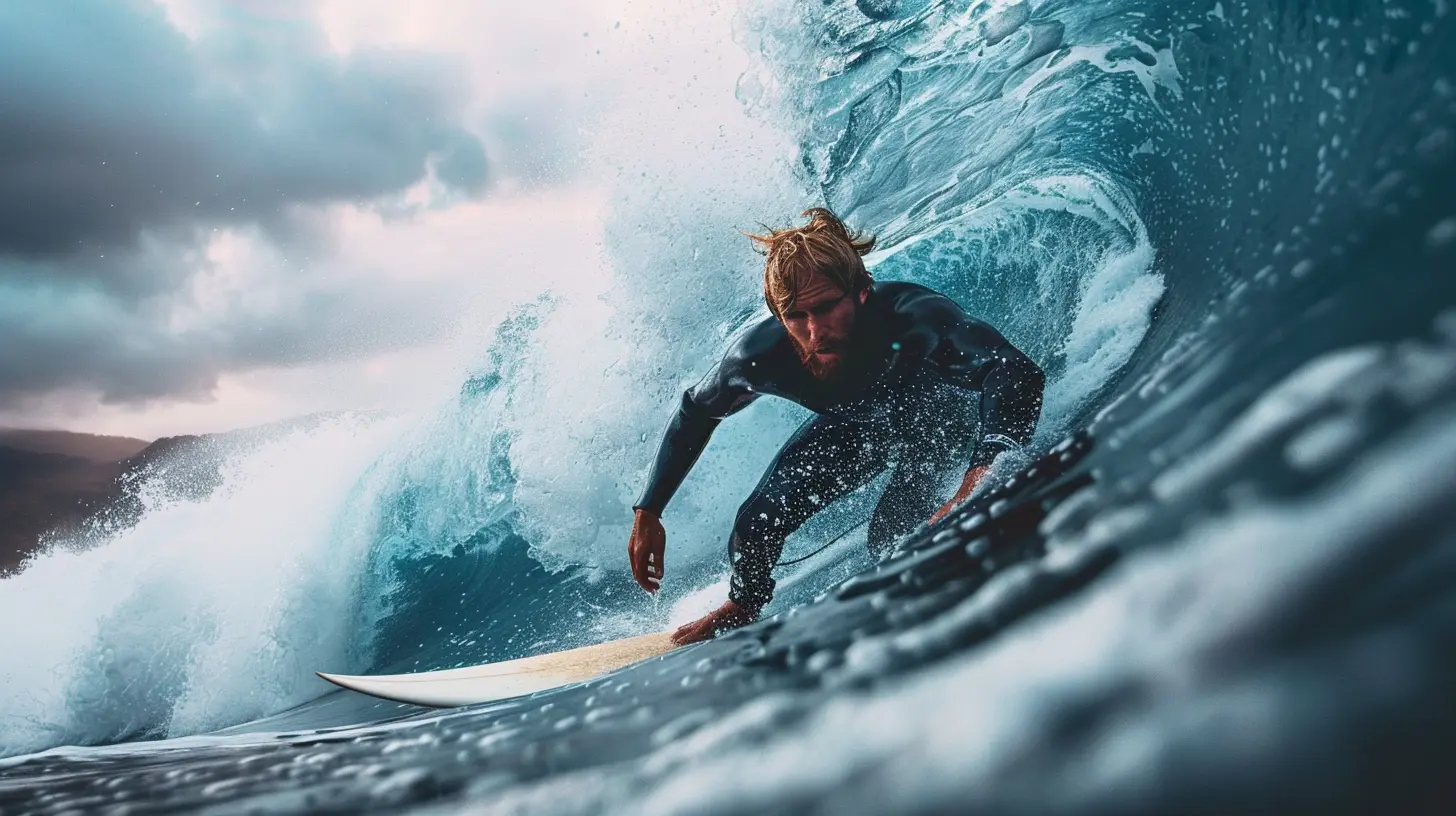
3. Improving Your Performance: Unlock Better Surfing Skills
Let’s face it—surfing is hard. But when you start to understand the ocean, your learning curve flattens out a bit. You’ll start catching more waves, improving your technique, and making better decisions in the water.3.1 Positioning: Being in the Right Place at the Right Time
One of the biggest challenges for beginners is wave positioning. You can see a perfect wave coming, but if you’re not in the right spot, you’ll either miss it or wipe out. By reading the ocean, you can predict where waves will break and position yourself accordingly.Experienced surfers seem to have an almost magical ability to be in the perfect spot when a set comes in, but it’s not magic—it’s skill. They’ve learned to read the ocean and use that knowledge to position themselves for success.
3.2 Paddling Efficiency: Work Smarter, Not Harder
Paddling is exhausting, especially if you’re constantly fighting the current or paddling for waves that aren’t going to break in your favor. By reading the ocean, you can conserve energy by paddling in the right places and at the right times.For example, instead of paddling directly into a wave, you can use the current or a rip to your advantage, letting it pull you out to the lineup with less effort. Understanding how waves break will also help you decide when to paddle for a wave and when to let it pass, saving your energy for the waves worth catching.
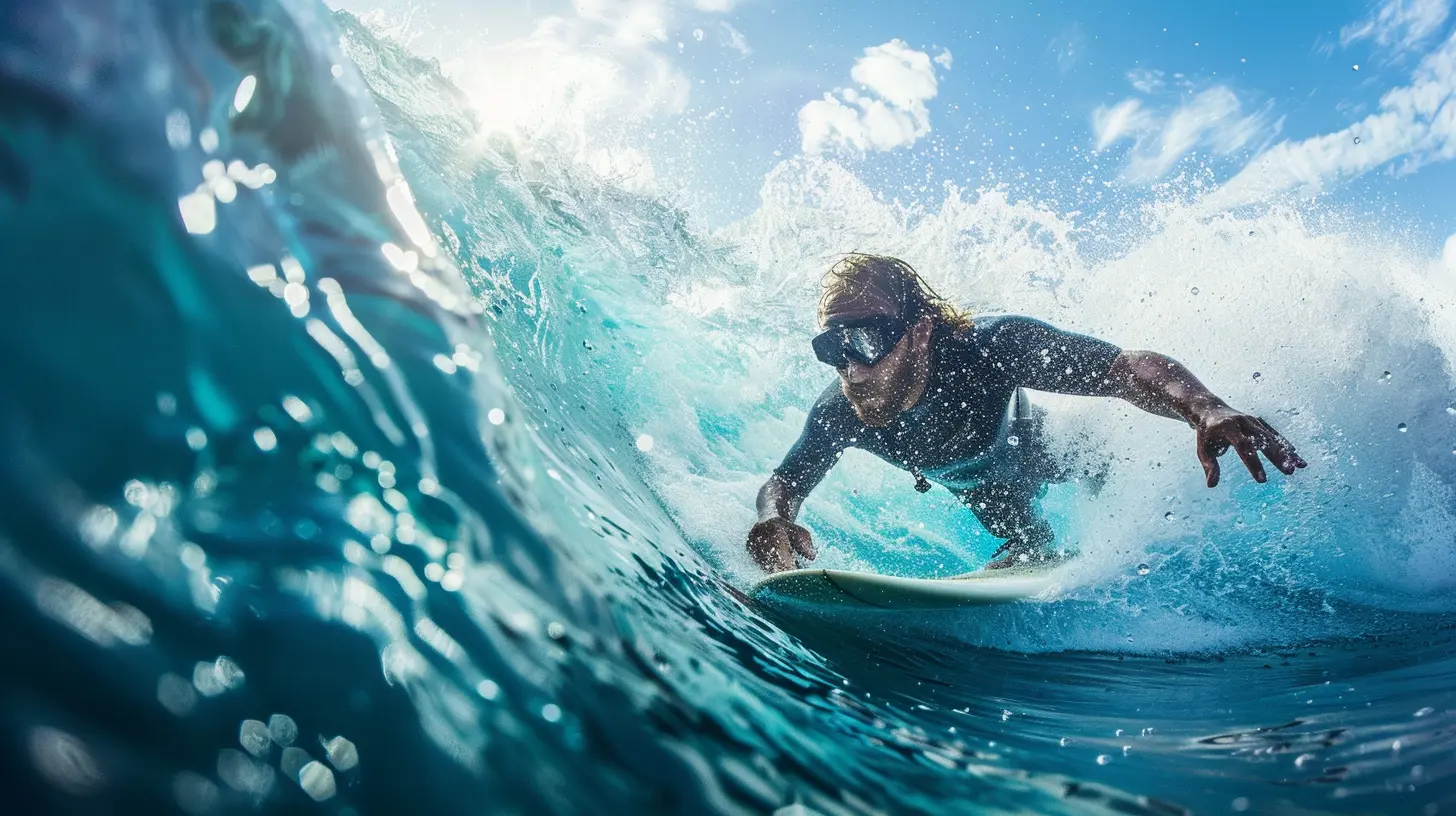
4. Connection with Nature: Surfing Is More Than Just Riding Waves
Surfing is often described as a spiritual experience. There's something incredibly humbling about being out there, surrounded by the vastness of the ocean. When you learn to read the ocean, you start to feel more connected to it. You’re not just riding waves—you’re working with the ocean, flowing with it instead of fighting against it.4.1 Becoming One with the Ocean
The more you surf and the more you learn about the ocean, the more you realize that surfing isn’t about conquering waves. It’s about becoming one with the ocean’s rhythm. You start to feel the subtle changes in the water, the shifts in the wind, and the pulse of the tide.This connection not only makes you a better surfer, but it also deepens your appreciation for the ocean. You start to see it as a living, breathing entity with its own moods and patterns. It’s a relationship that evolves over time, and the more you respect the ocean, the more it’ll reward you with unforgettable surfing experiences.
4.2 Environmental Awareness
When you spend a lot of time in the ocean, you become more aware of the environmental issues affecting it. Pollution, climate change, and overfishing are all things that can negatively impact the ocean’s health, and ultimately, the waves you surf. By learning to read the ocean, you’re also learning to respect and protect it.Surfers are often at the forefront of ocean conservation efforts because they have a deep, personal connection to the water. When you start to understand the ocean, you become more invested in keeping it clean and healthy for future generations of surfers.
5. Conclusion: The Ocean Is Your Teacher
In the end, the ocean is the best teacher a surfer can have. By learning to read it, you’re not only becoming a better surfer but also building a deeper connection with nature. The more time you spend observing and understanding the ocean, the more it will reveal to you. And trust me, the ocean has a lot to teach.Every surfer, whether beginner or pro, should invest time in learning to read the ocean. It’s a skill that will make you a better, safer, and more mindful surfer. So next time you’re out there, don’t just focus on catching waves—take a moment to watch the water, feel the wind, and listen to the ocean. It’s speaking to you; all you have to do is learn its language.




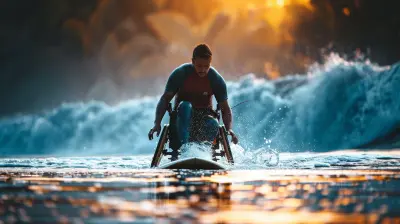





Josie Whitaker
Understanding ocean dynamics is essential for every surfer. Mastering wave patterns and currents not only enhances performance but also ensures safety. Embrace this skill and elevate your surfing experience significantly!
April 1, 2025 at 6:25 PM